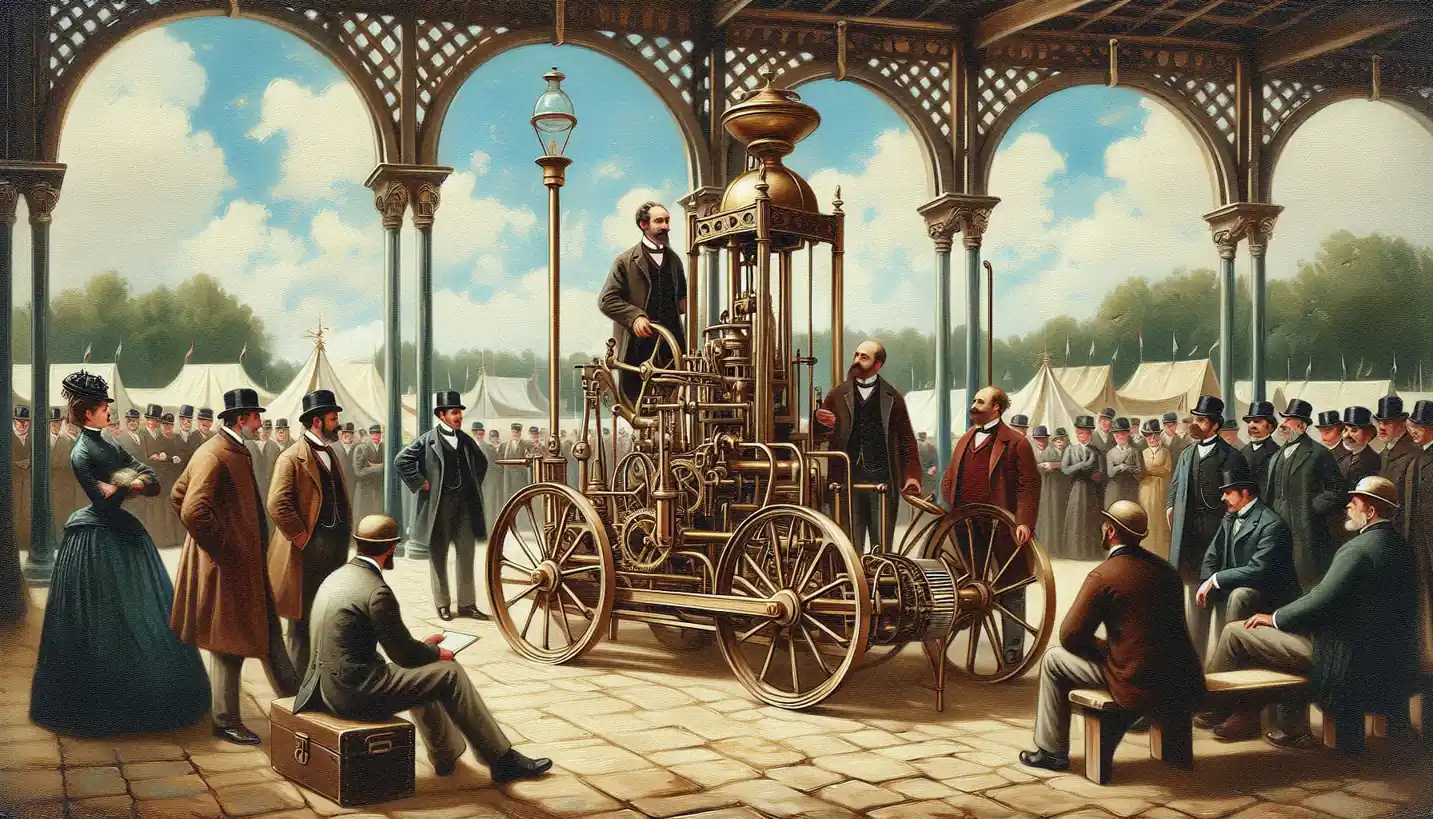· History · 5 min read
Privateering: The Seafaring Adventure with a License to Plunder
Privateering offered adventurers a legal chance to plunder enemy ships during wartime. Discover the compelling tales of these licensed pirate ventures.

Picture yourself in the 17th century, gazing out at the vast, blue ocean. Ships with billowing sails cut through the waters, some on missions of trade, while others are on far less innocent endeavors. Among these are privateers – individuals on the high seas with a unique mission sanctioned by governments, a sort of legal piracy if you will.
What Exactly is Privateering?
Privateering was an official practice where governments would grant private ship owners special licenses, known as letters of marque. These permitted them to attack and capture enemy ships during wartime. In essence, a nation would outsource naval warfare to private individuals. These intrepid adventurers weren’t pirates in the traditional sense; while pirates acted outside the law, privateers operated within it, turning their captures into profits both for themselves and for their sponsoring countries.
Imagine it as a business partnership with the government. In exchange for capturing enemy ships and disrupting their supplies, privateers would receive a portion of the loot or profits from selling the captured goods and ships.
The Birth of Privateering
The roots of privateering can be traced back to the late Middle Ages, but it really took off between the 16th and 19th centuries. This period was rich with maritime conflict, particularly among the European powers like England, France, and Spain. With massive territories to defend and limited naval resources, privateering became a strategic method to bolster a nation’s defense without overburdening its navy.
During wartime, nations couldn’t always afford to finance large fleets, so they turned to enterprising sea captains eager for adventure and financial gain.
The Life and Times of Famous Privateers
Many privateers became household names, their tales filled with swashbuckling adventure and intrigue. Sir Francis Drake, an English sea captain, was one of the most famous. He was knighted by Queen Elizabeth I for capturing Spanish treasures. His exploits helped secure England’s naval supremacy and filled the royal coffers.
Another intriguing figure was Jean Lafitte, a French-American pirate and privateer in the Gulf of Mexico. He played a pivotal role in the War of 1812, helping Andrew Jackson defend New Orleans. Though a privateer, Lafitte’s allegiance was as unpredictable as the sea, switching sides when it suited him.
How Did Privateering Work?
The process began with obtaining a letter of marque. This document transformed a private ship into an official vessel authorized to engage enemy ships. It detailed what specific enemies could be attacked and outlined the legalities of capturing and selling prizes, which were the ships and goods taken.
Once a privateer captured an enemy vessel, they would bring it to an admiralty court. If the court deemed the capture legal under the terms of the letter, the privateer could sell the ship and its cargo and split the proceeds. This process essentially legalized their seaside exploits and kept privateers accountable.
Impact on Maritime History
Privateering had several significant impacts on maritime history and beyond. Economically, it was a boon for many port cities. The influx of captured goods and ships invigorated trade and commerce, creating bustling hubs that thrived on goods plundered from enemy vessels.
Politically, privateering was a strategic tool. It allowed smaller nations to disrupt larger foes without investing enormous resources into their navies. This contributed to more balanced power dynamics on the high seas and shaped the outcomes of many historical conflicts.
Culturally, privateering fed into the romanticized notion of seafaring life. The daring exploits of privateers inspired countless stories, ballads, and eventually, movies, cementing them as key figures in maritime lore.
The Downfall of Privateering
Despite its benefits, privateering had its downsides. It was difficult to regulate, and sometimes privateers would blur the lines between their legal mandate and outright piracy. This led to numerous diplomatic tensions and conflicts.
By the 19th century, the practice began to fall out of favor. The Declaration of Paris in 1856, signed by major powers including Britain and France, effectively ended privateering by prohibiting it among signatory nations. The formalization of national navies and advances in naval technology also contributed to its decline.
The Legacy of Privateering
Although it’s a bygone practice, privateering left a lasting mark on maritime law and international relations. It highlighted the challenges of regulating maritime activities and influenced treaties and agreements centered around naval warfare and private naval engagements.
In pop culture, privateering continues to capture the imagination. Stories of daring sea battles, treasure hunts, and the blurred lines between law and adventure keep this maritime practice alive in books, films, and folklore.
Could there one day be a return of this practice under different legal and international contexts? Who’s to say? The ocean has a way of catching the currents of change in unexpected ways. But for now, the era of sanctioned swashbucklers remains a fascinating chapter of maritime history.
Privateering’s story is one of adventure, economics, and international intrigue, a perfect blend of human ambition and the unpredictable drama of the sea. Whether you’re an aficionado of history or just love a good tale of the high seas, the story of privateers is sure to captivate and inspire.



